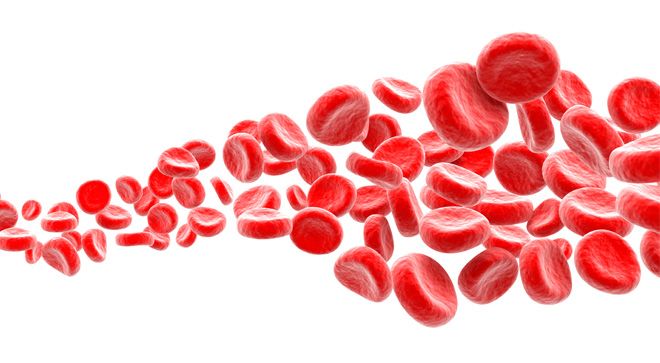Article
Vidaza With Novel Drug Shows Improvement for Myelodysplastic Syndromes With Genetic Mutations and Acute Myeloid Leukemia
Author(s):
Previously, Vidaza alone showed poor response rates for patients with TP53-mutated, myelodysplastic syndromes and acute myeloid leukemia, but adding the novel agent eprenetapopt improved response rates and overall survival in this patient population.
Eprenetapopt plus Vidaza (azacytidine) demonstrated improved overall response rate, or the number of people in a group with a partial or complete response to the treatment within a certain time, and complete remission, as well as lengthened overall survival and tolerable safety, in high-risk patients with TP53-mutated with myelodysplastic syndromes and acute myeloid leukemia, according to data published in the Journal of Clinical Oncology.
TP53 mutations are seen in approximately 5% to 10% of patients newly diagnosed with myelodysplastic syndromes and acute myeloid leukemia. Previous studies demonstrated that Vidaza alone contributed to 40% responses, of whom 20% achieved complete remission, in addition to a short response duration and an overall survival of six months for patients with TP53-mutated myelodysplastic syndromes and acute myeloid leukemia.
In this phase 2 study, researchers sought to discover the safety and efficacy of Vidaza plus eprenetapopt this high-risk patient population. Eprenetapopt is a novel small molecule that targets cancer cells with the TP53 mutation. The study included 52 patients with TP53-mutated (34 patients with myelodysplastic syndromes and 18 patients with acute myeloid leukemia[including seven patients with more than 30% blasts, or immature cells called myeloblasts 20% blasts in the marrow or blood is the required diagnosis for acute myeloid leukemia]). A dosage of 4,500 mg of eprenetapopt was administered intravenously on days one through four on a 28-day cycle, and 75 mg/m2 of Vidaza was injected daily on days four through 10 of the 28-day cycle.
Patients with myelodysplastic syndromes had an overall response rate of 62%. This included 47% of patients achieving complete remission. In patients with acute myeloid leukemia, the overall response rate was 33%, of whom17% achieved complete remission. For those with less than 30% marrow blasts, the overall response rate was 45%, which included complete remission in 27% of patients. Patients with more than 30% blasts had an overall response rate of 14% with no patients achieving complete remission.
Patients with mutated myelodysplastic syndromes had a median duration of response of 10.4 months and complete remission at 11.4 months. In comparison, patients with acute myeloid leukemia had a median duration of response of 12.7 and complete remission at 14 months.
At a median follow up of 9.7 months, median overall survival was 12.1 in patients with myelodysplastic syndromes, 13.9 for acute myeloid leukemia with less than 30% marrow blasts and 3 months for patients with more than 30% marrow blasts.
Researchers also focused on 39 patients who received at least three cycles of the combination treatment. Overall response rate was 75% in patients with myelodysplastic syndromes, 55% in those with acute myeloid leukemia, 55% in acute myeloid leukemia with a low blast count and 50% with a blast count of 30% or more. Complete remission was seen in 57% of patients with myelodysplastic syndromes and 36% in those with acute myeloid leukemia.
The most common side effects were fever with neutropenia (36%), and neurological side effects (40%). In particular, neurological side effects were mostly seen in patients with a lower glomerular filtration rate (measure of kidney function) and older age.
“In January 2020, based on our current results and results from the U.S. phase 1 or 2 trial of eprenetapopt and (Vidaza), the Food and Drug Administration granted breakthrough therapy designation for the treatment of patients with TP53-mutant (myelodysplastic syndromes) with the combination of eprenetapopt and (Vidaza),” the study authors wrote.
For more news on cancer updates, research and education, don’t forget to subscribe to CURE®’s newsletters here.




